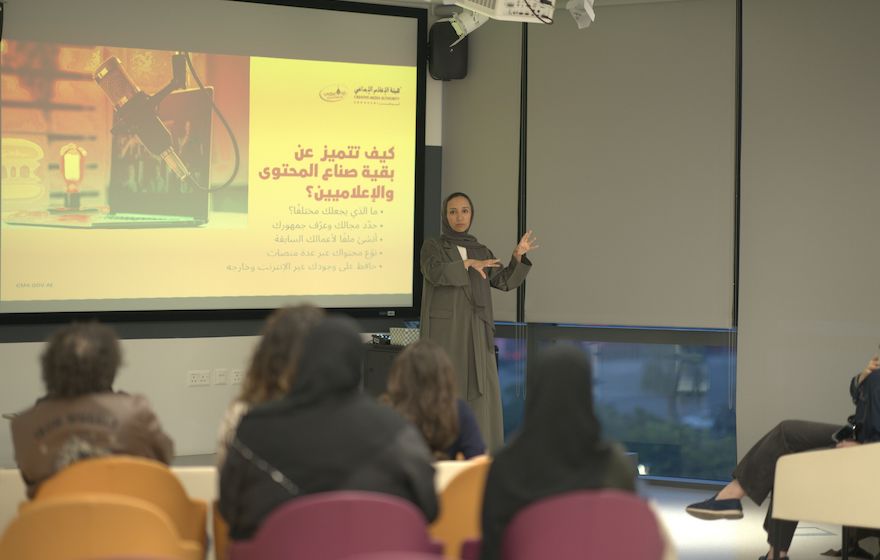With the future of work going remote, teams are going to have to get used to the idea of brainstorming online using a variety of tools such as an online whiteboard, video conferencing, and file sharing apps. But online brainstorming sessions can prove to be an extremely rewarding experience and may even bring out the best of your shy or introverted colleagues. Here are a few tips to keep in mind –
Outline the agenda for the session
When you send the invite for your scheduled brainstorming session, it's important to include the agenda. Knowing the agenda will help your team members come prepared with ideas, energized and excited to engage in a discussion. Failure to set an agenda will lead to an hour of confused and distracted team members struggling to get a discussion going.
Share resources in advance
The more information, the better. It can be extremely useful for the session to include not only the agenda but knowledge on what challenges the team is facing, the importance of the project and how it fits with the team's yearly goals. Picking a brainstorming technique and providing a written explaination of it to the team beforehand will help in saving time during the actual session.
Pick a brainstorming technique
There are lots of techniques for brainstorming that are suitable for either in person or over distance. It makes sense to try out the different alternatives and find those that work best for you and your team. Here are some options that might work best for you –
- Mind-Maps : Pin the core problem at the centre of the online whiteboard and invite your team to provide ideas or solutions to the problem. Link up related points to create a map of information, opportunities, and issues.
- Stepladder Brainstorming : This method gives an opportunity for everyone to include their views and opinions during the session. Assuming you've already shared all the information well in advance about the topic of discussion, you've given your team mates ample time to ponder on the subject. Then create a meeting with only two people and let them discuss and debate on the problems and solutions. Each team member is then asked to join the group one at a time. In this way, every member gets a chance to present their opinions to the group before the group discussion starts. Every member is encouraged to express their opinion equally and divergent perspectives are more likely to be offered, leading to a constructive debate.
- Figuring Storming : This technique involves asking your teammates to put themselves in the shoes of their customers, suppliers,etc and try to understand how the topic is viewed from their perspective.
Decide on tools
With virtual sessions, you'll need alot of collaboration tools by your side. An online whiteboard can be useful during the session to take down notes and ideate in real time. In addition, you can use Google Docs,Google chat or Slack to send files and links to articles for reference. If you plan on using a tool that your team is unfamiliar with, it would be useful to share tutorials well in advance in order to save time.
Invite feedback
Once you've closed the meeting, the work isn't over. Shoot out an email to your team members for their feedback on how the session went and what can be done to improve. Their feedback can be used to help make the next session even better. No one gets it right on the first go. It takes time, commitment and constant feedback to continiously improve. And that goes for any endeavor.






